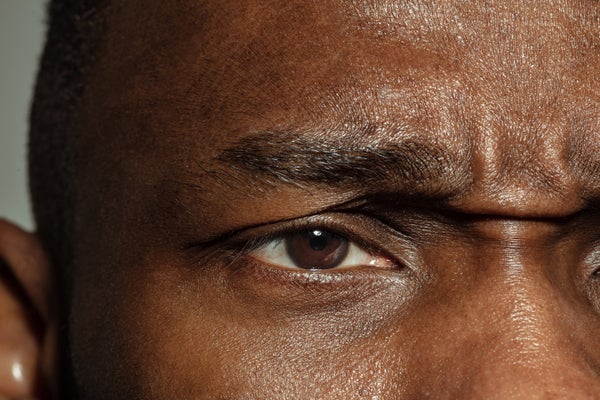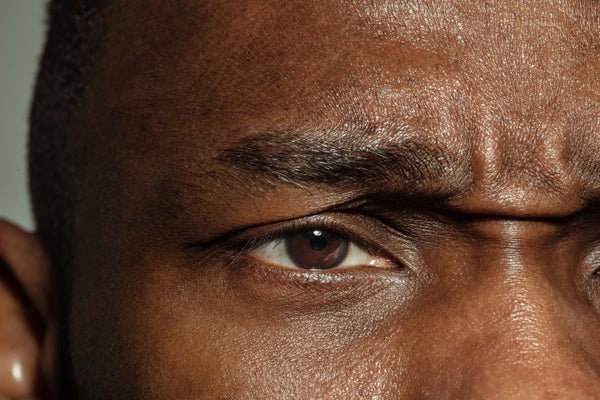[ad_1]
Pupil Dilation Reveals Better Working Memory
People whose eyes dilated more performed better on tests of working memory

From a scientific perspective, it may sound a bit too fanciful to call our eyes “windows to the soul.” But research suggests that looking into them can, quite literally, offer a peep into a person’s basic cognition.
The 10th Century Persian physician Al-Razi (also known as Rhazes) is often credited with connecting pupil size and light exposure. In the 20th century neuroscientists began to investigate pupils’ connection to deep-brain processes. They found that pupils’ size also fluctuates with attention, arousal and anger—and may even be linked to intelligence. Now a study in Attention, Perception, & Psychophysics suggests that working memory (the executive function that lets us process, remember and use information) correlates with pupil size, too.
Researchers placed study participants in a light-controlled environment and used a specialized eye-tracking tool to measure pupils during a common test for assessing working memory. Participants viewed a sequence of numerals that flashed on a screen for 2.5 seconds each and had to determine whether the current digit matched the one they had seen two digits back.
On supporting science journalism
If you’re enjoying this article, consider supporting our award-winning journalism by subscribing. By purchasing a subscription you are helping to ensure the future of impactful stories about the discoveries and ideas shaping our world today.
Participants whose pupils dilated more performed better on the task—suggesting pupil size does have a connection with working memory. “The same part of the brain that controls this dilation when something stressful triggers our body to become aroused also controls arousal when we are really focused on a task or doing something cognitively effortful, leading to an increase in pupil diameter,” says study co-author Lauren D. Garner, a psychologist at the University of Texas at Arlington.
“Our research specifically focused on individual differences,” Garner continues. “We’re interested in how people who are more consistent in devoting attention toward a task and more intensely devote attention toward a task perform better”—an idea called the intensity-consistency framework.
People who were more successful at the task devoted more intense attention (indicated by increased pupil diameter) more consistently (indicated by less variation in pupil size) than people who performed worse, Garner says. High performers’ pupils also dilated more when they looked at numeral matches versus nonmatches.
Tracking links between an individual’s cognitive mechanisms and pupil size could be an extremely useful method of analysis. “It’s a noninvasive channel of measuring brain state,” says neuroscientist Andreas Tolias of Stanford University. “Finding these correlations with performance is yet another indication that pupil measurement is very important.”
Garner and study co-author Matthew Robison, also a psychologist at UT Arlington, hope that future research examines how specific physiological brain activity drives pupil size changes. “What would be really cool is to do simultaneous eye tracking and functional neuroimaging,” Robison says. “Because then we can really start to look at the temporal dynamics and activity of deep-brain regions.”



